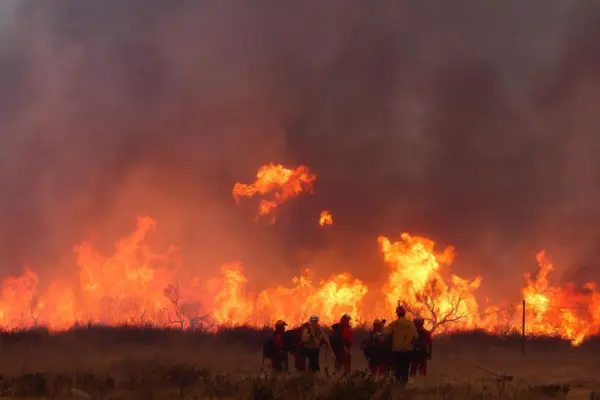15 National Parks in North America Facing Existential Crisis Amid Climate Change
Once blooming with pristine wilderness, these national parks are now tormented by wildfires, drought, and melting glaciers - thanks to the human-induced global warming
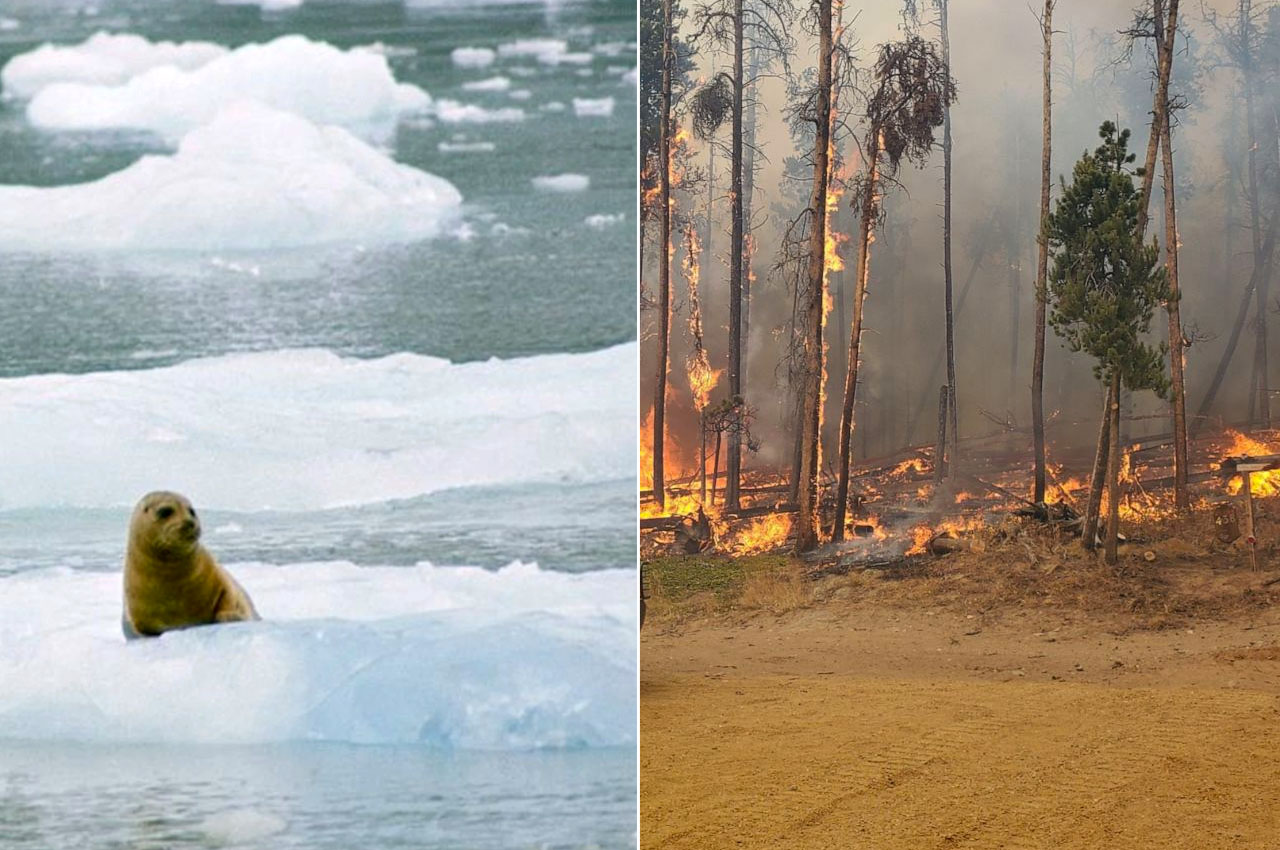
National parks, essentially used for conservation purposes, created and protected by national governments, offer natural habitats to a diversity of flora and fauna species. The continent of North America is blessed with an abundance of wildlife, which is strictly protected by over hundreds of national parks sprawled through it. However, these national parks in North America are threatened by climate change.
As the climate crisis escalates, these protected areas in the continent are facing an existential threat with receding ice, extreme heat, and exacerbating droughts. Given that we are on a clock to halt the rapidly changing climatic conditions, the guardians of national parks are presented with a herculean task.
As these areas protect the continent’s most unique cultural sites and natural landscapes, they simultaneously connect people to outdoor surroundings with breathtaking views, elaborate trails, and endangered wildlife. Here are some of the crucial national parks in North America that are threatened by climate change.
Glacier National Park, Montana, US
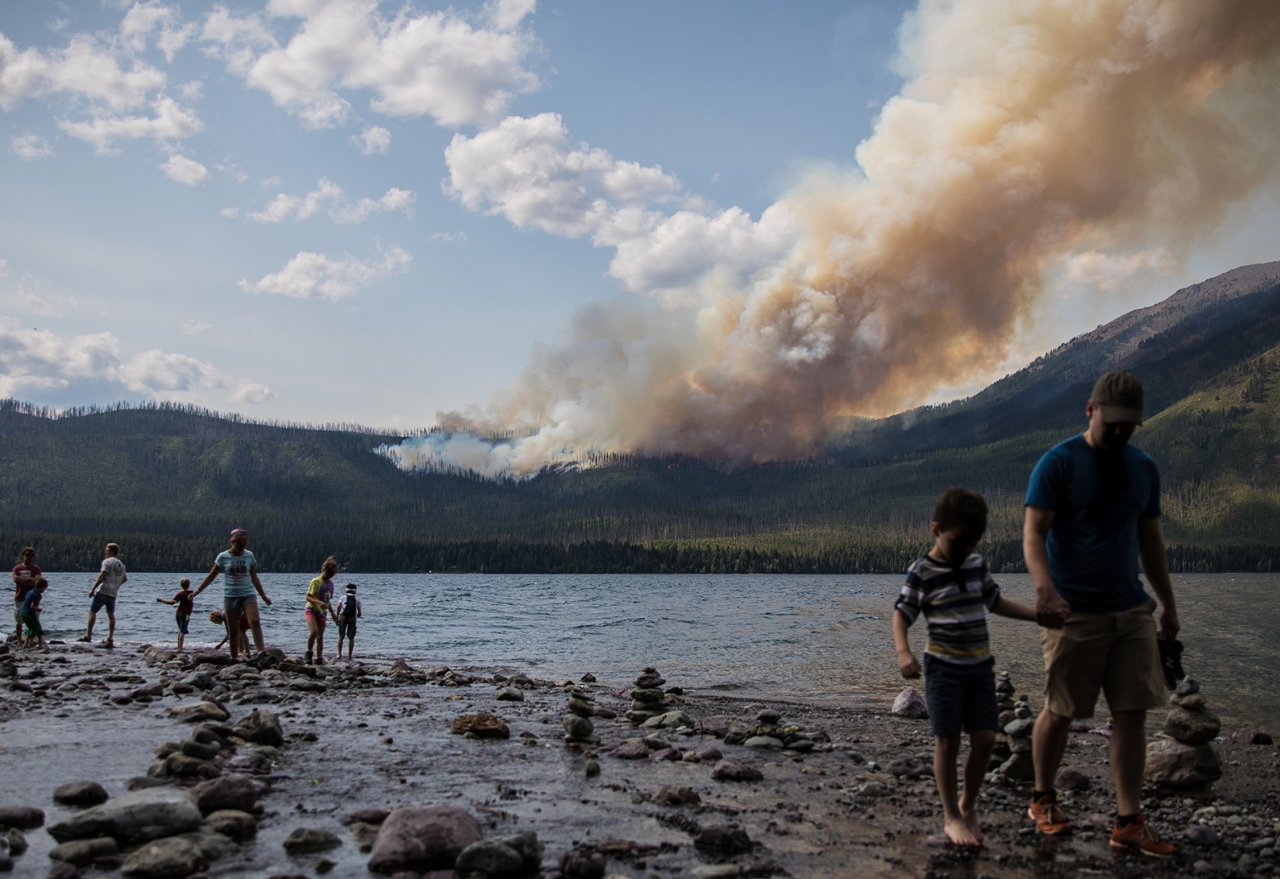
Image: National Park Service/AP
One of the most beautiful national parks in the USA, Glacier National Park is sprawled across a 1,583-square-mile wilderness area in Montana’s Rocky Mountains. The park is known for its glacier-carved peaks and valleys leading to the Canadian border. The wildlife ranges from mountain goats to grizzly bears.
However, climate change has lengthened the summer season, which has caused all of the 26 named glaciers in the park to shrink. Some of the glaciers have lost about 80 percent of their area in the past 50 years, while the average loss is at 40 percent. If climate change continues at its current trajectory, the glaciers in the park can lose all of their ice mass. It is also threatened by wildfires that have grown intense and more frequent.
Grand Canyon National Park, Arizona, US
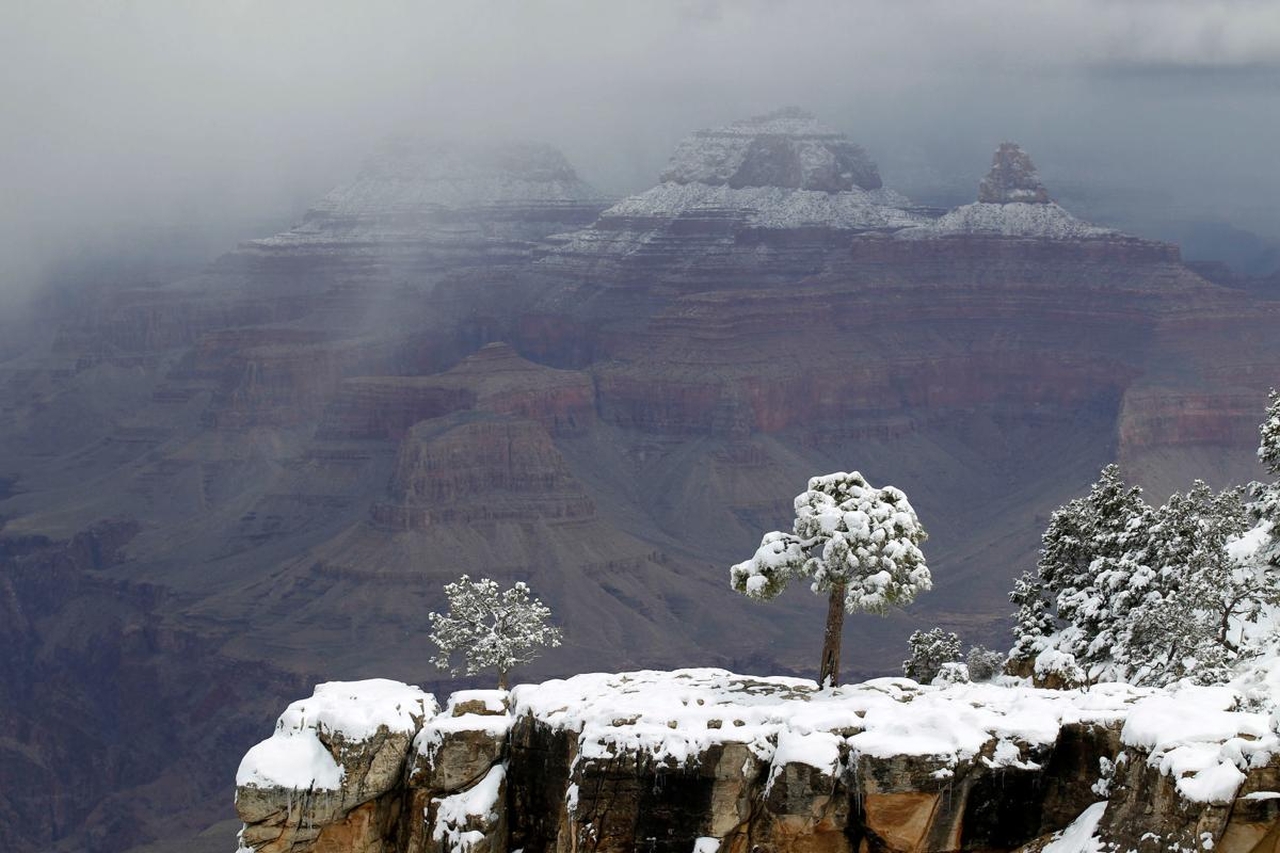
Image: Rob Schumacher/Arizona Republic
Grand Canyon National Park is home to several major ecosystems, hundreds of plant species, and 90 animal species. It offers sanctuary to desert bighorn sheep, mule deer, mountain lions, coyotes, gray foxes, and a large variety of reptiles, birds, and rodents. The park, however, is experiencing the impact of warmer temperatures, severe lack of rainfall, and reduced stream flow on the Colorado River.
The changing climate is critically alerting the park’s ecosystems, habitats for species, and hydrology. Other adverse impacts include increased flooding, rock slides, wildfires, and intense storms. The hotter and drier climate is changing the scenario of groundwater as well.
Zion National Park, Utah, US
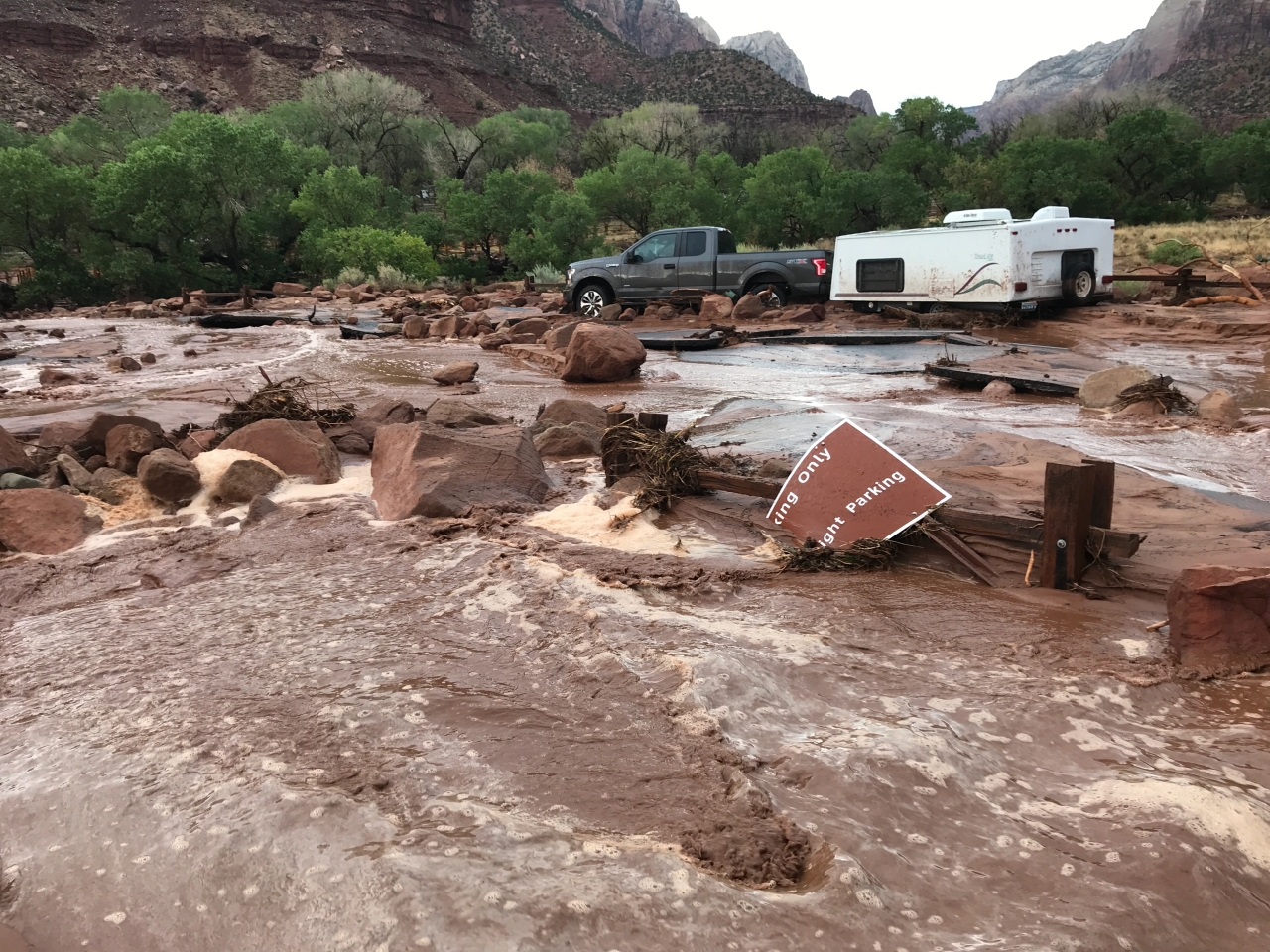
Image: National Park Service
Zion National Park is a scenic preserve in Utah. Home to 68 species of mammal, ranging from the petite kangaroo rat to bighorn sheep, the beautiful park has threatened a loss of ice and snow, receding water levels, increased rainfall and floods, loss of flora and fauna, and global warming.
According to various studies, Zion National Park has observed the most significant increase in temperatures among the parks in Southern Utah. The temperature in the park has increased by 1 degrees Celsius, since 1895. It is causing intense summers, prolonged drought, and wildfire seasons year after year.
Everglades National Park, Florida, US
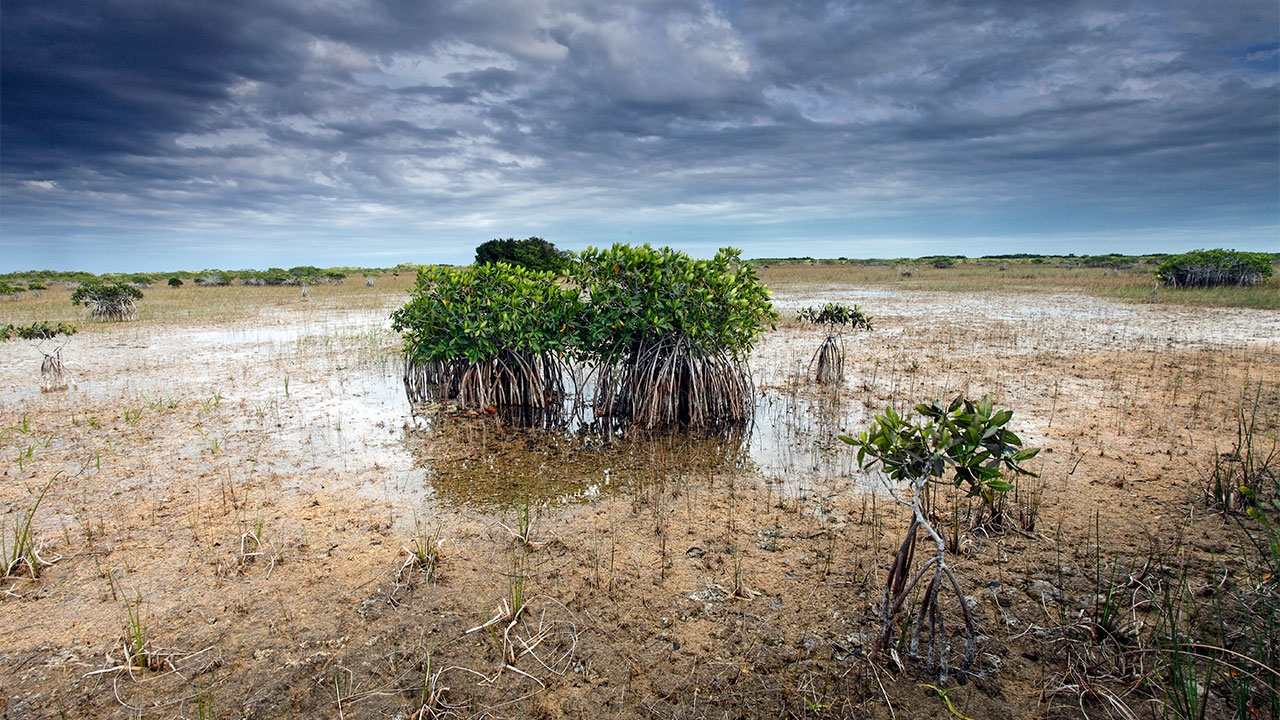
Image: Scott Leslie
A 1.5-million-acre wetlands preserve in Florida, Everglades National Park is made of coastal mangroves, sawgrass marshes, and pine flatwoods that offer sanctuary to hundreds of fauna species, including endangered leatherback turtle, Florida panther, and West Indian manatee. The rapidly changing climate is putting these species at risk.
The park is surrounded by rising seas on three sides and is already feeling the effects of a warming climate. Sea level rise is altering the landscape of the park, while increased fires and soil oxidation amid severe droughts are pushing habitats to oblivion.
Joshua Tree National Park, California, US
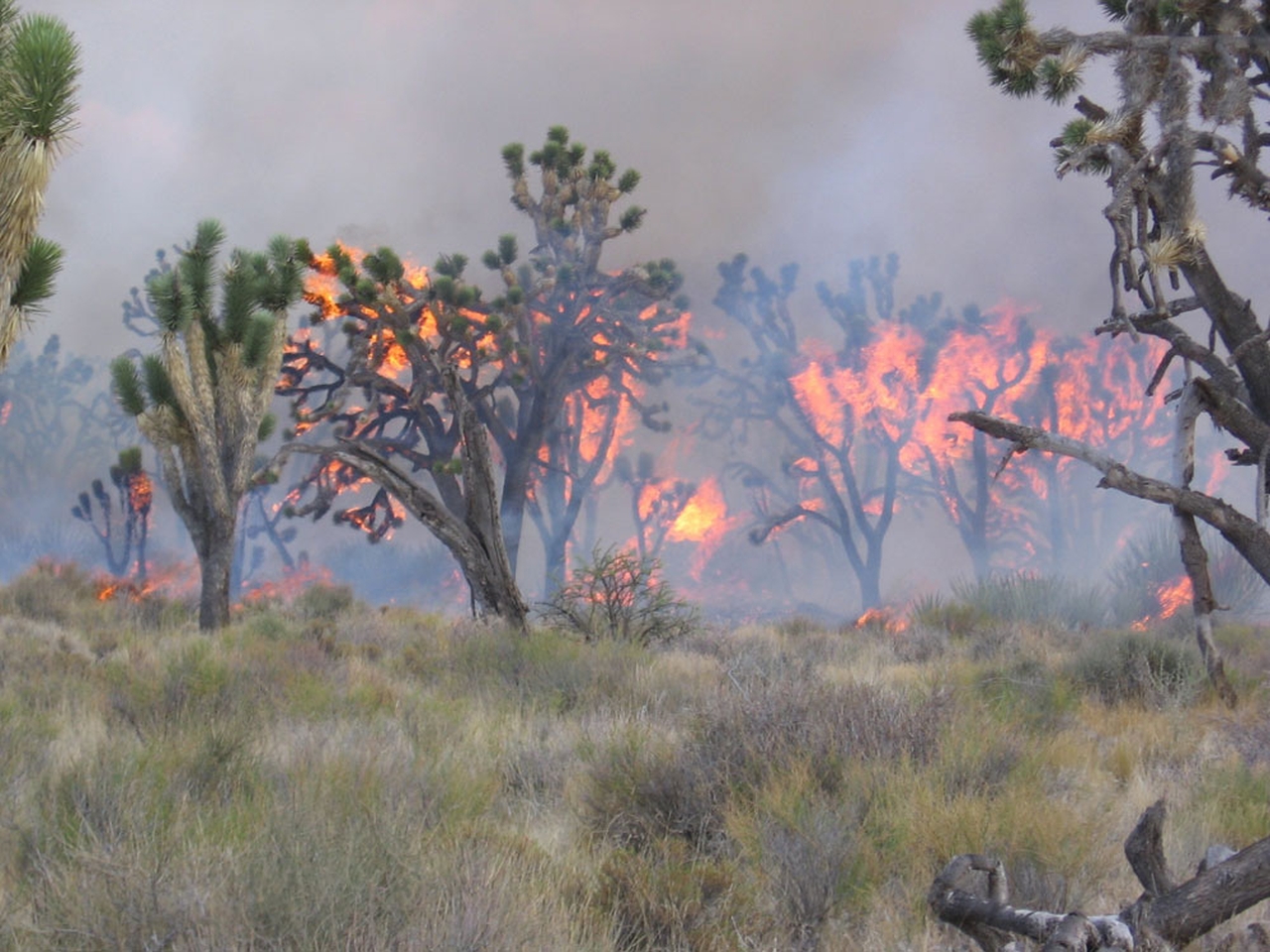
Image: National Park Service
Joshua Tree National Park is a huge area of preserved wilderness in southern California and is dotted with Joshua trees. The already arid region is experiencing the effects of changing climatic conditions. From 1895 to 2016, the annual rainfall in the park declined by 39 percent, while the average temperature increased by 2 degrees Celsius.
These changes are threatening many cherished species; like the Joshua tree, desert tortoise, and desert bighorn sheep. With global warming exacerbating, the Southwestern United States will only get hotter and experience more frequent and harsher droughts and wildfires, while drastically affecting the populace of Joshua tree.
Rocky Mountain National Park, Colorado, US
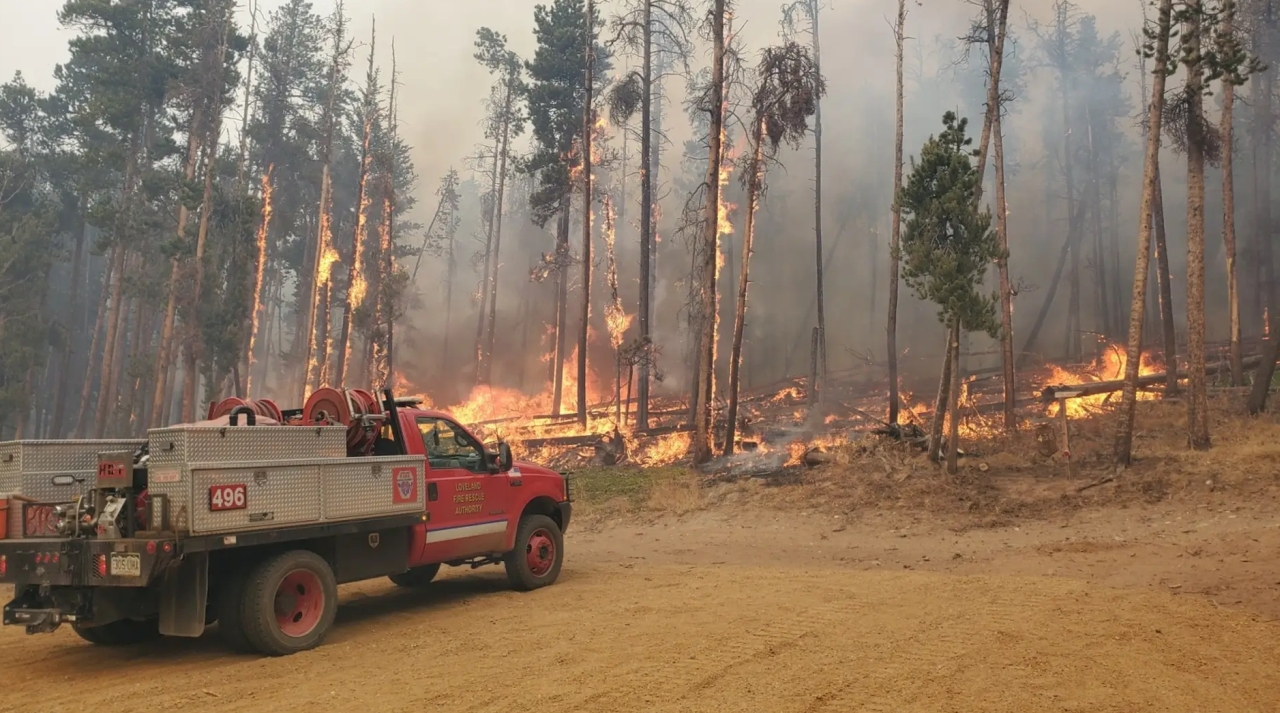
Image: Loveland Fire Rescue
Rocky Mountain National Park consists of protected mountains, forests, and alpine tundra. However, the 415-square-mile park with mountains and natural beauty is in danger from the damaging effects of changing climate. The water availability at Rocky Mountain National Park is dwindling as temperatures are rising, which has created water supply difficulties for many species.
Snow season is getting shorter, while an invasive species of mountain pine beetles are thriving and infesting the forests after surviving mild winters. Other effects of climate change in the park include tree-killing insects, wildfires, increased heat, and intense droughts.
Great Smoky Mountains National Park, North Carolina, and Tennessee, US
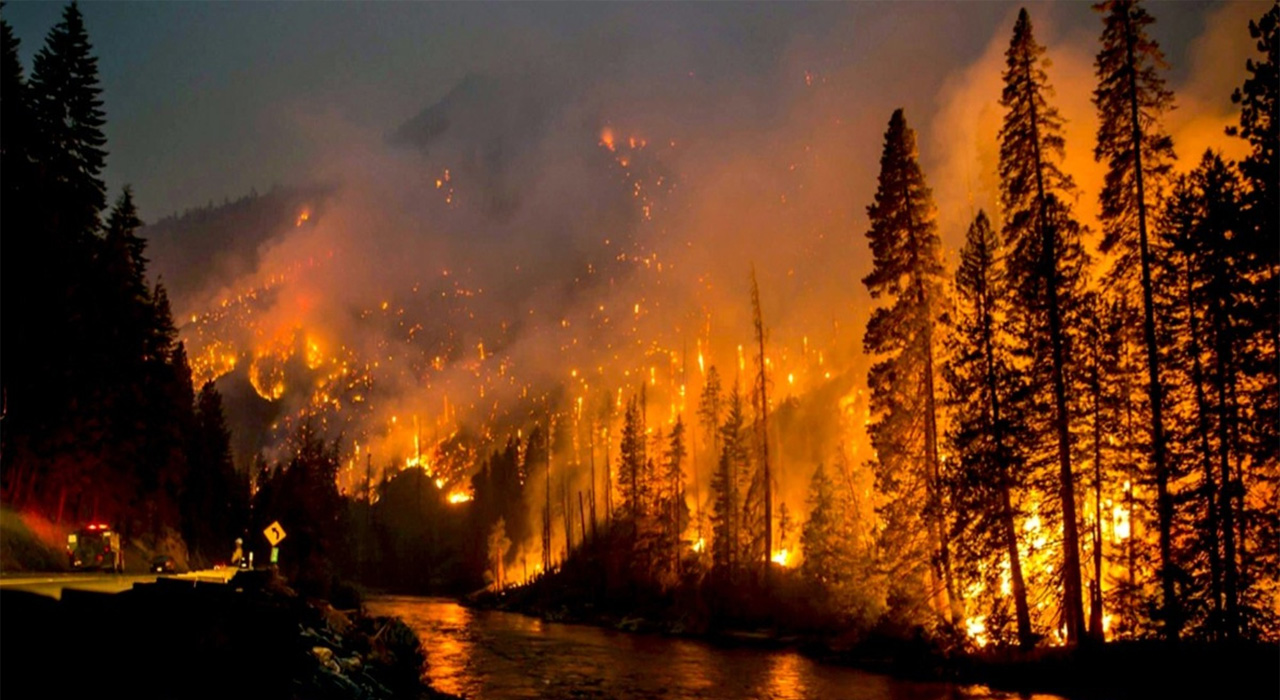
Image: Twitter @gypsymarie79
Situated at the border between North Carolina and Tennessee, the Great Smoky Mountains National Park is a vast system of lush forests and an abundance of wildflowers, streams, rivers, and waterfalls. It is home to a diversity of flora and fauna, all of which are in danger from the transforming biodiversity owing to climate change.
In the past few years, the park has observed increased temperatures that are likely to increase. The park has also been afflicted with several drought spells in the recent past. Experts say that it will bear longer periods of drought and extreme rains in the future, posing a double threat.
Arctic National Park, Alaska, US
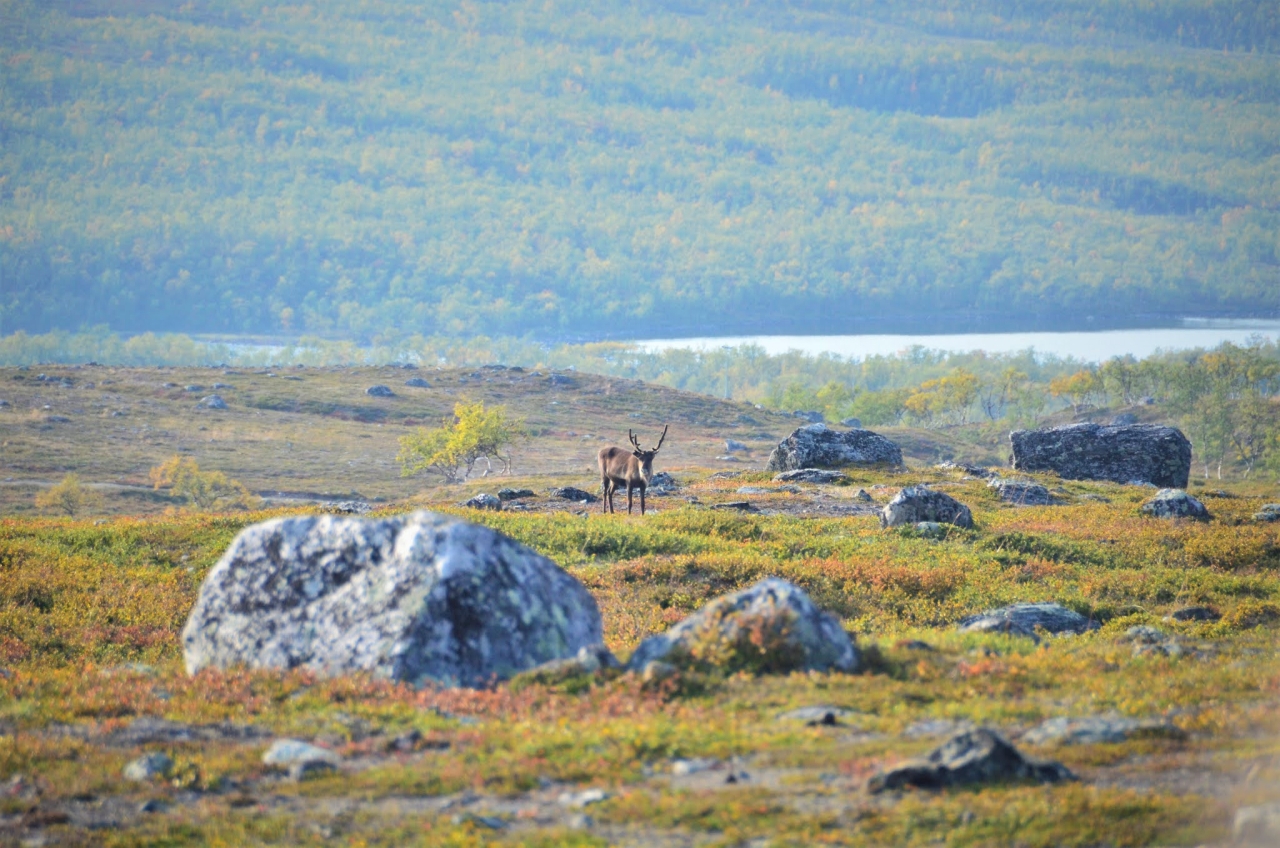
Image: Logan Berner/Northern Arizona University
The Arctic National Park protects the portions of the Brooks Mountain Range in northern Alaska. It is situated entirely north of the Arctic Circle, which makes it one of the most susceptible regions to climate change on the planet. Over the past three decades, the Arctic has warmed at twice the rate as compared to the rest of the world.
The wildlife in the park includes grizzly bears, wolves, muskox, caribou, moose, wolverine, and many avian species. The continued loss of sea ice, glaciers melting and rapid warming of the region has put the biodiversity of Arctic National Park while destroying the natural habitats of these species.
Glacier Bay National Park, Alaska, US
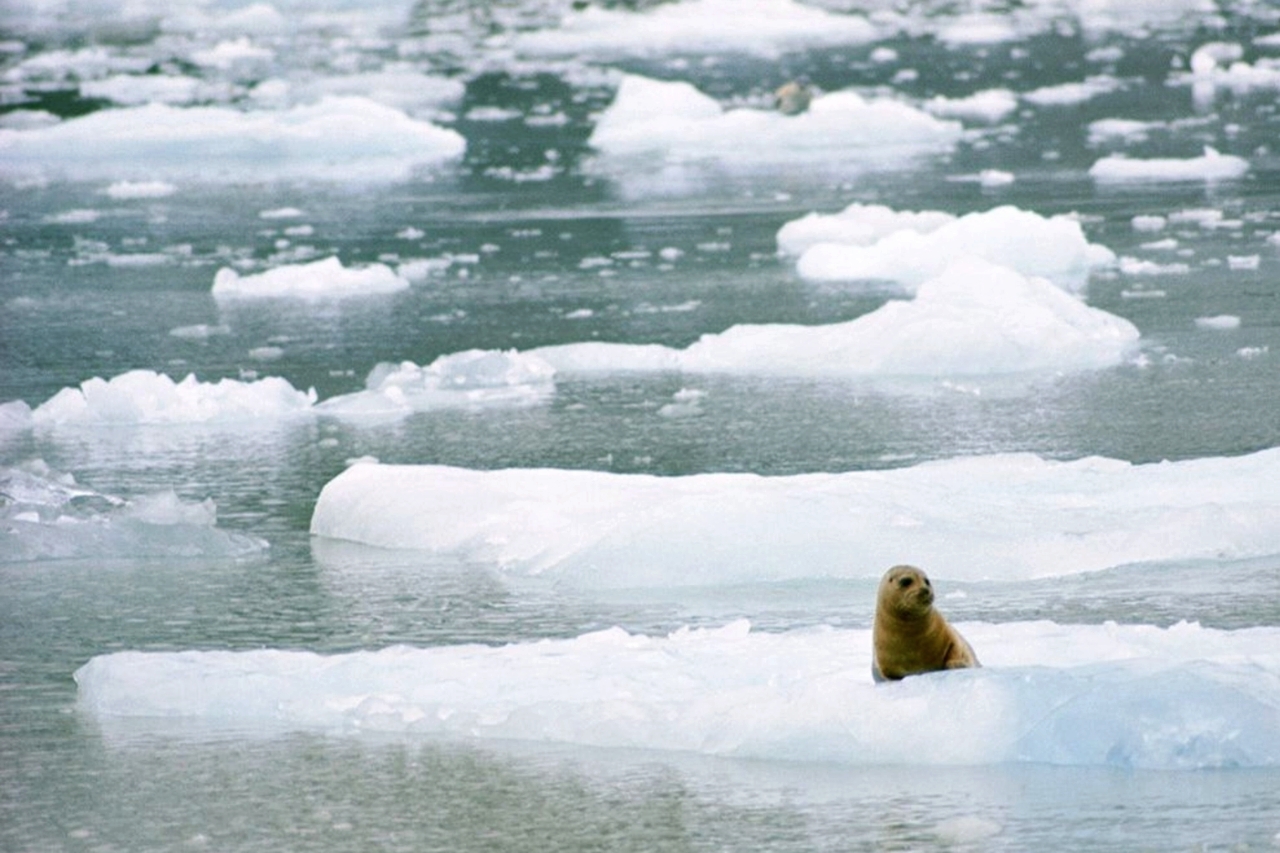
Image: W.E. Garrett
Glacier Bay National Park is a crucial significant marine and land wilderness sanctuary, which has been bearing the brunt of the warmer and drier climates over the past few years. The effects include earlier spring snowmelt, reduced sea ice, receding glaciers, thawing permafrost, invasive tree-eating insects, shoreline erosion, and intense and frequent wildfires.
Alaska has over 100,000 glaciers, out of which 95 percent are currently depleting, stagnating, or receding at a worrying rate. According to research, the park has 11 percent less glacial ice than in the 1950s.
Saguaro National Park, Arizona, US
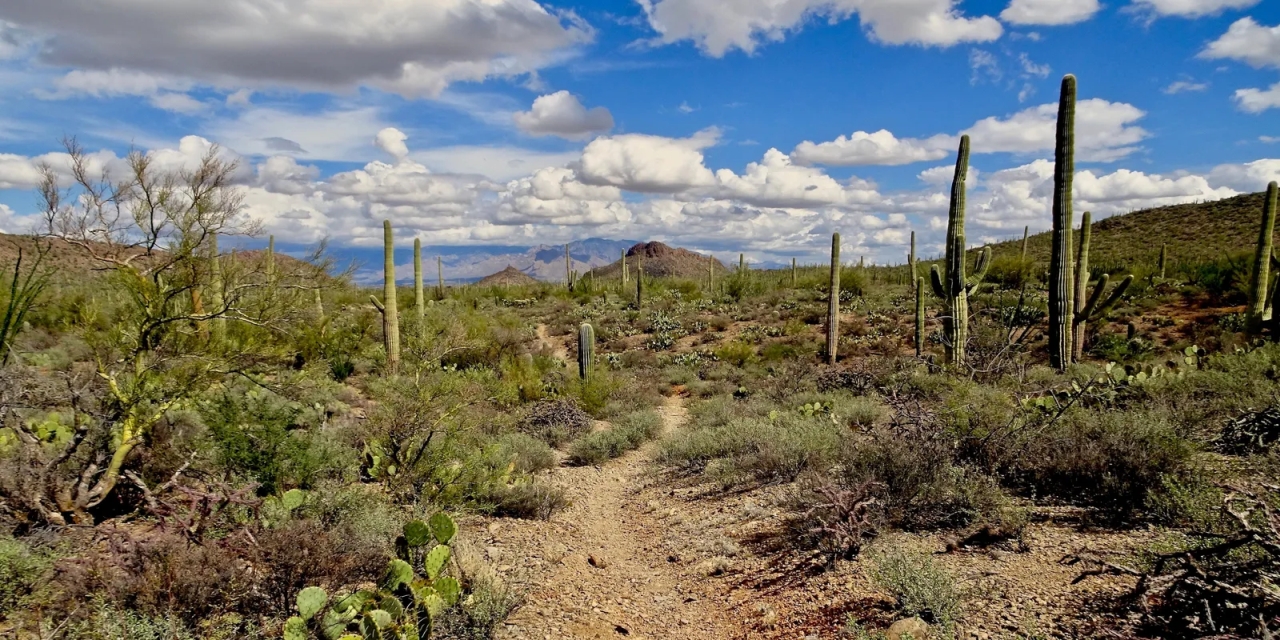
Image: Roger Naylor
Located in southern Arizona, Saguaro National Park is known for its large saguaro cactus and breathtaking desert landscape. However, the temperature increases in the park over the past few years are significantly high. Climate change has caused intensely warmer and drier conditions in the regions, causing drought and fueling fires.
The saguaro cacti are dying due to changing climate and might not survive the 21st century in a relentlessly hot environment. Moreover, a drought and the record-breaking heat levels in 2020 triggered wildfires killing thousands of saguaros.
Yellowstone National Park, Wyoming, US
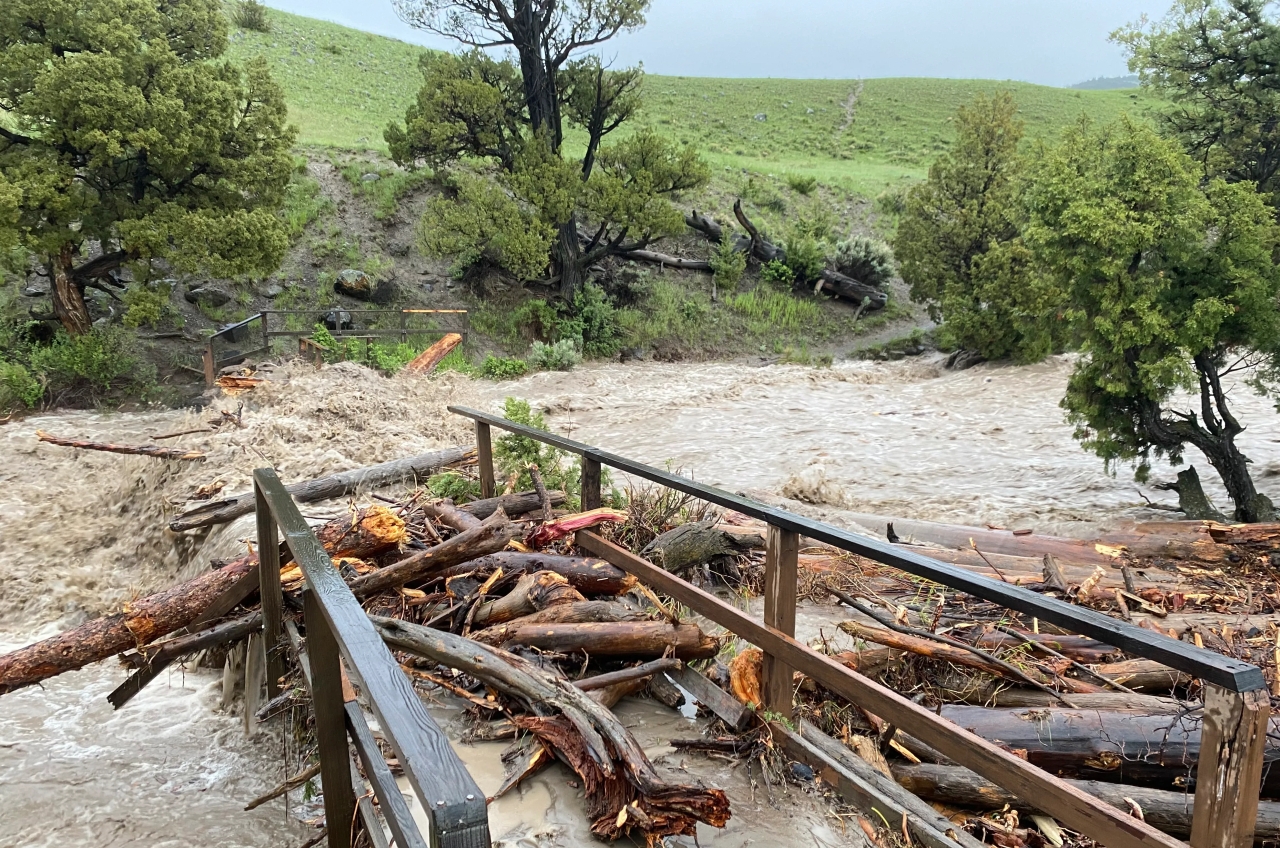
Image: National Park Service
Yellowstone National Park is a breathtaking area of 3,500-square-mile wilderness sitting atop a volcanic hotspot. The park is mostly in Wyoming but spreads into parts of Montana and Idaho. Brimming with natural beauty and diversity of wildlife, this natural park is imperiled by accelerating warmer temperatures.
One of the most important national parks in North America, this park is facing an existential threat from climate change. Global warming is triggering the melting of mountain glaciers, reducing ice mass, loss of native species, and reduced water availability. Shorter winters and longer summers, and a growing risk of wildfires are among the host of changes caused by global warming.
Grand Teton National Park, Wyoming, US
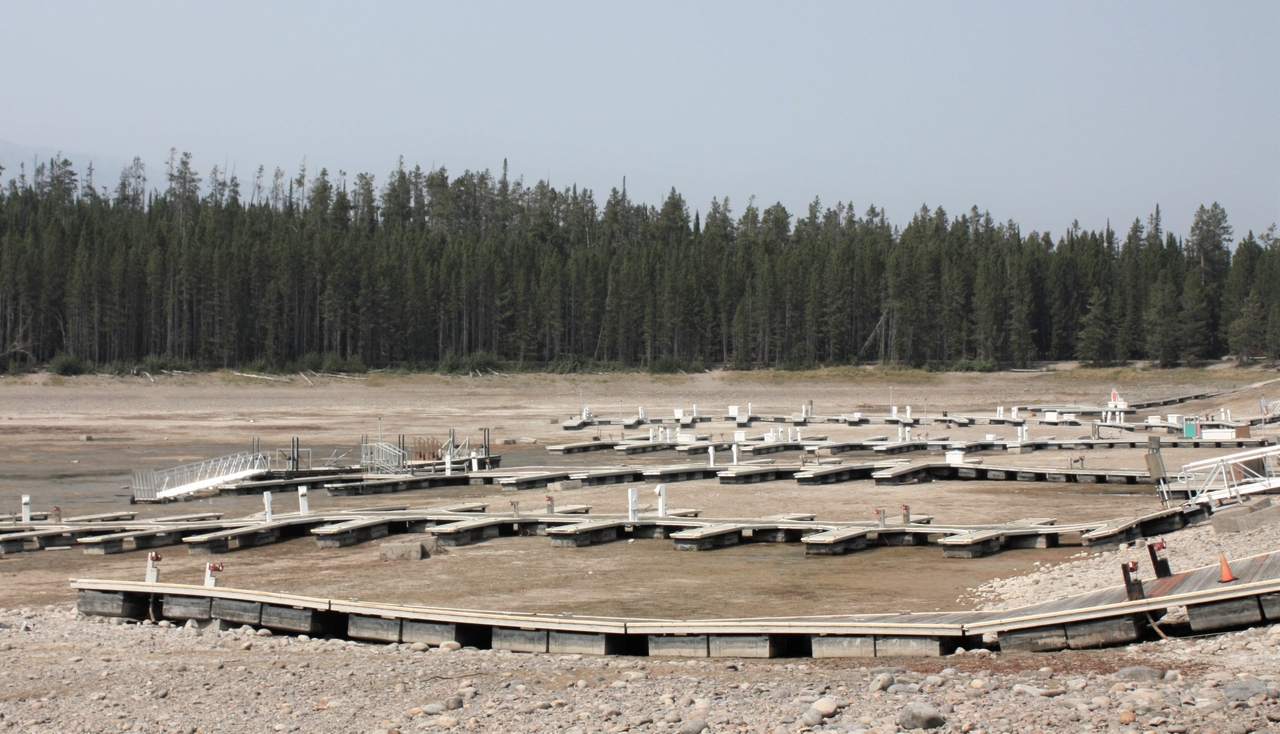
Image: Eden Wilkins
Situated in northwestern Wyoming, Grand Teton National Park is sprawled across 310,000 acres. Climate change is affecting the biodiversity of the park through warmer temperatures and longer, drier summers. These alterations are causing more frequent, larger, and longer fire seasons.
Its beautiful snowy mountain range is at risk of disappearing as rising temperatures induce rapid snowmelt. Glaciers are retreating at a frightening pace. Wildfires are ravaging through forests and wildlife in the park.
Monarch Butterfly Biosphere Reserve, Michoacán, Mexico
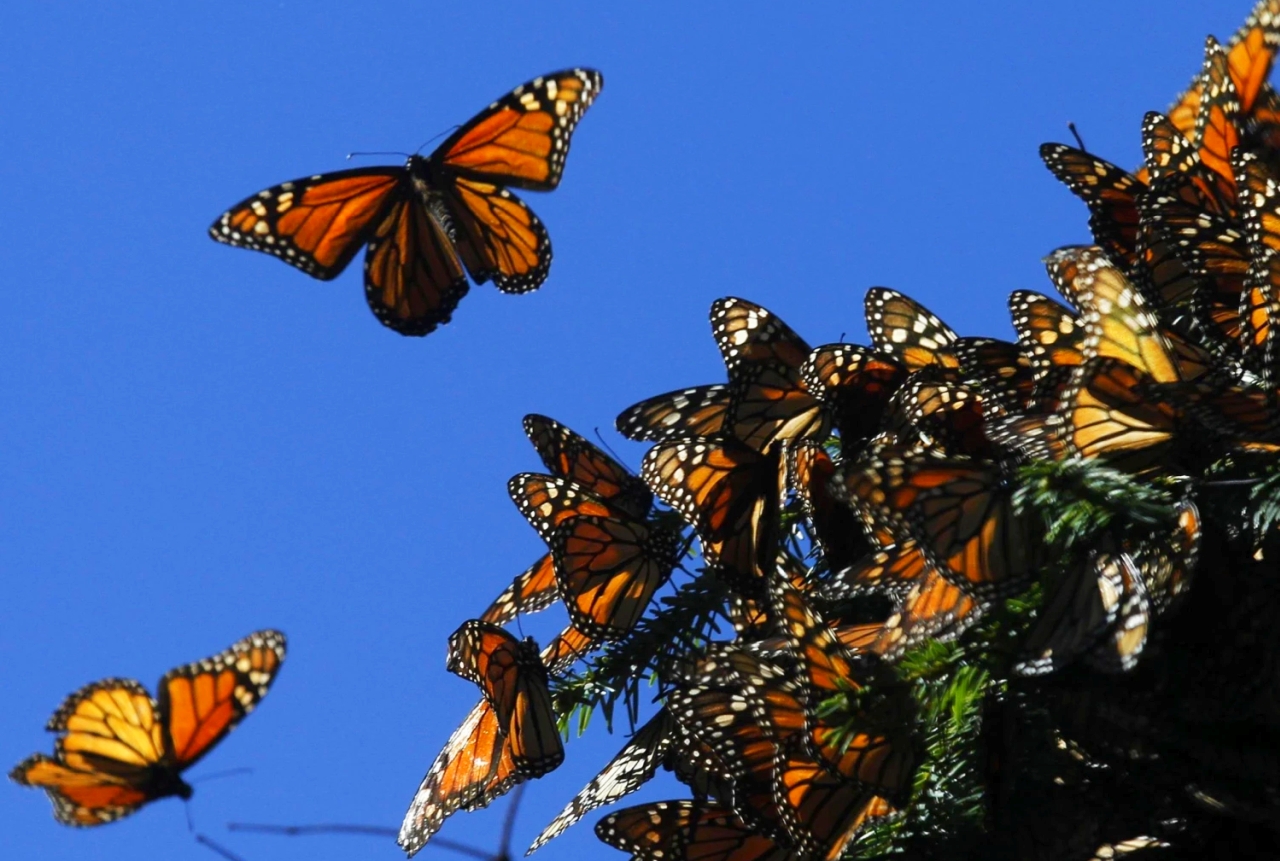
Image: NBC News
Mexico’s Monarch Butterfly Biosphere Reserve is the only place on earth to see millions of migrating monarch butterflies in one location. This reserve offers a safe haven to the butterflies when they return each year to overwinter in the fir forests after a long journey to Canada and the US.
But impacts of climate change on Mexico are imperiling this migrating subspecies, as it changes the migrating patterns of the monarch butterfly while damaging the reserve in the process. As the species is ultra-sensitive to changes in temperatures, global warming is disrupting critical stages of the butterfly’s life cycle.
Wood Buffalo National Park, Alberta, Canada
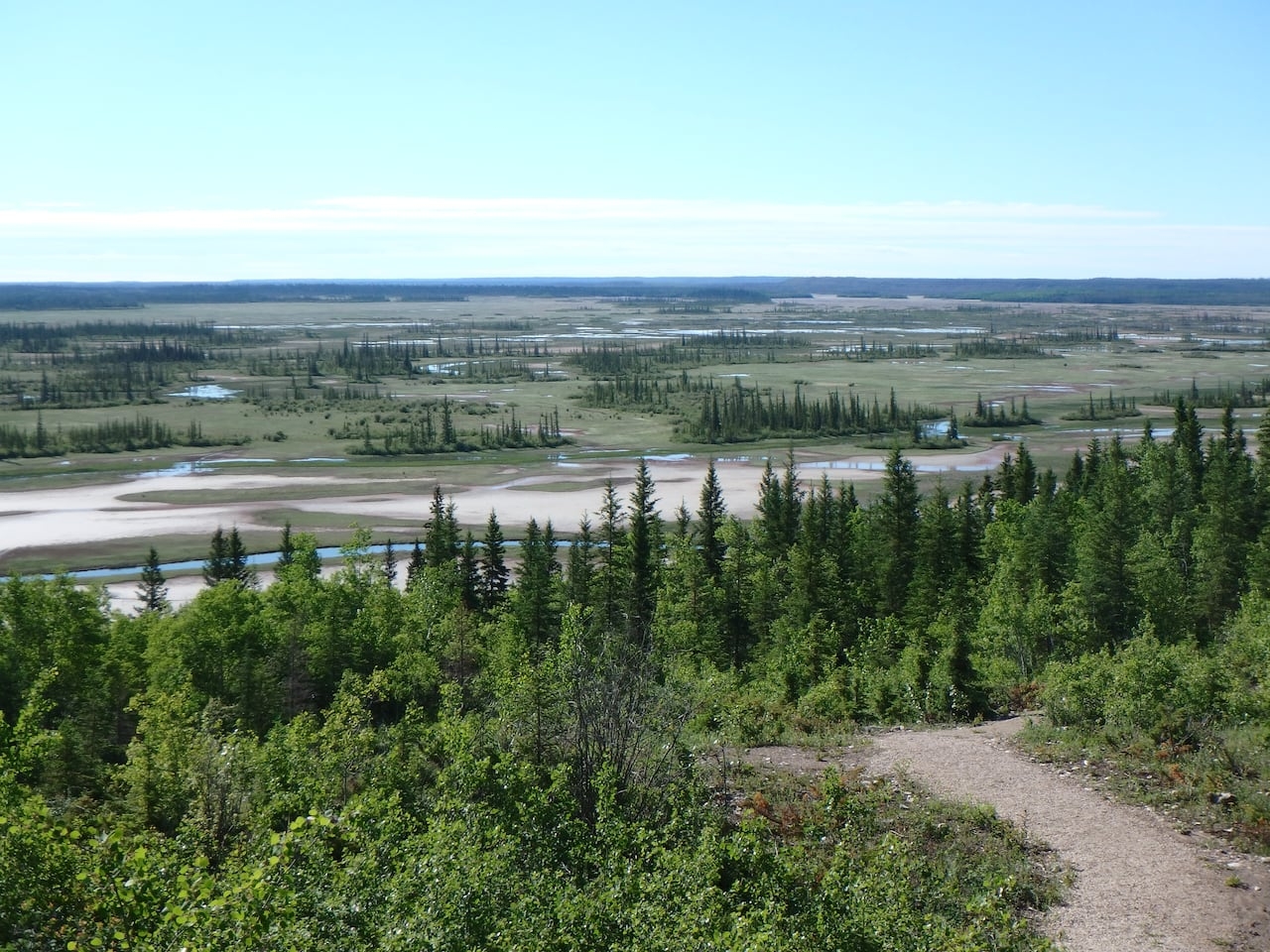
Image: Lennard Plantz/CBC
Wood Buffalo National Park is spread across 45,000-square-kilometer of grasslands, wetlands, and waterways, which provides breeding grounds for billions of migratory birds from four continental flyways. It’s the largest national park in Canada and the second-largest national park in the world.
This park is the world’s sole breeding ground for endangered whooping cranes and the world’s largest herd of free-ranging wood buffalo. But the changing climatic conditions are impacting the habitat by triggering floods, droughts, wildfires, and habitat loss.
Banff National Park, Alberta, Canada
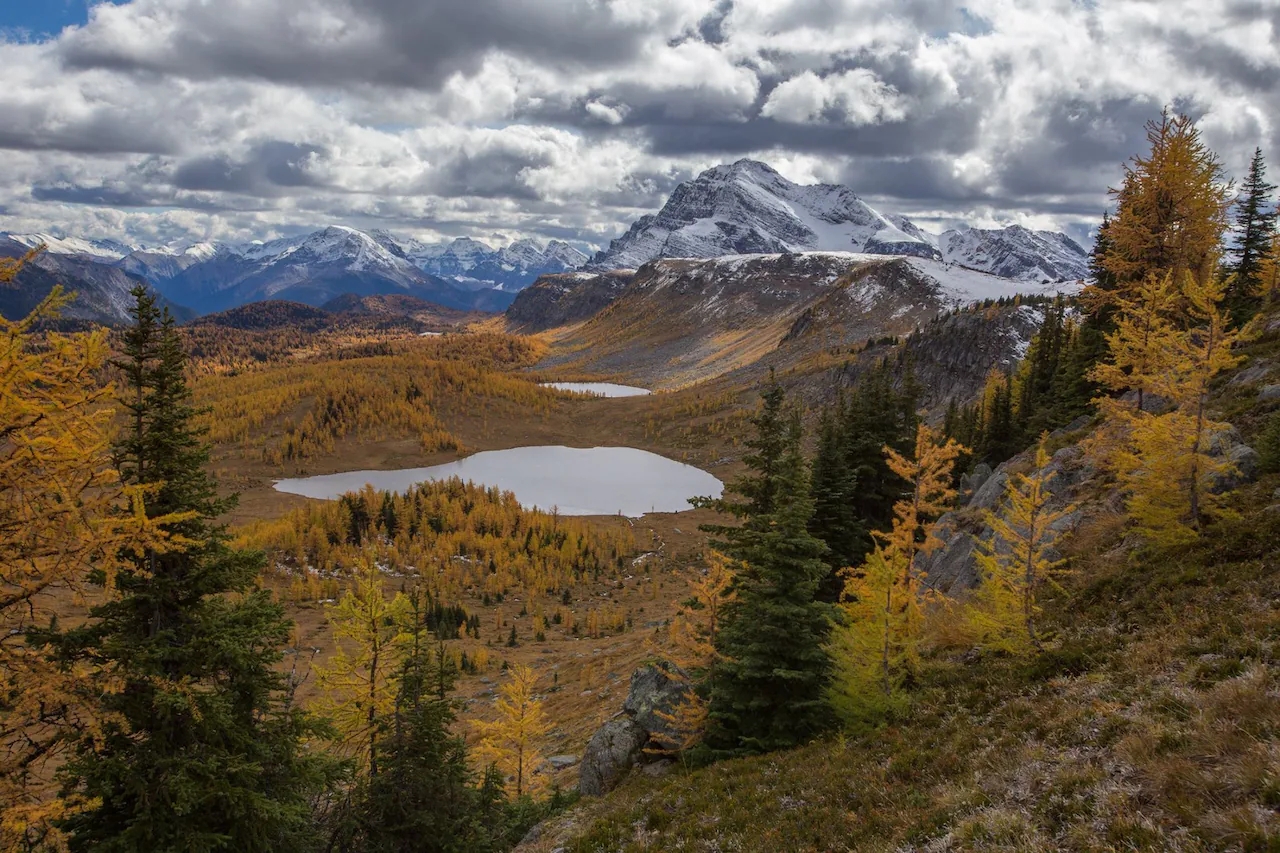
Image: Robson Fletcher/CBC
Banff National Park is a vast unspoiled wilderness of the Canadian Rockies, which spans over 6,600-square-mile of scenic landscapes and glaciers. It is home to over 311 avian species, 844 flora species (with 74 rare species), and 5 species of rare or scientifically important invertebrates, including the endangered Banff Springs snail.
One of the most beautiful national parks in North America, this park is facing a threat from climate change that has caused longer and more intense fire seasons. Drought, flash floods, and habitat loss are among other effects.

